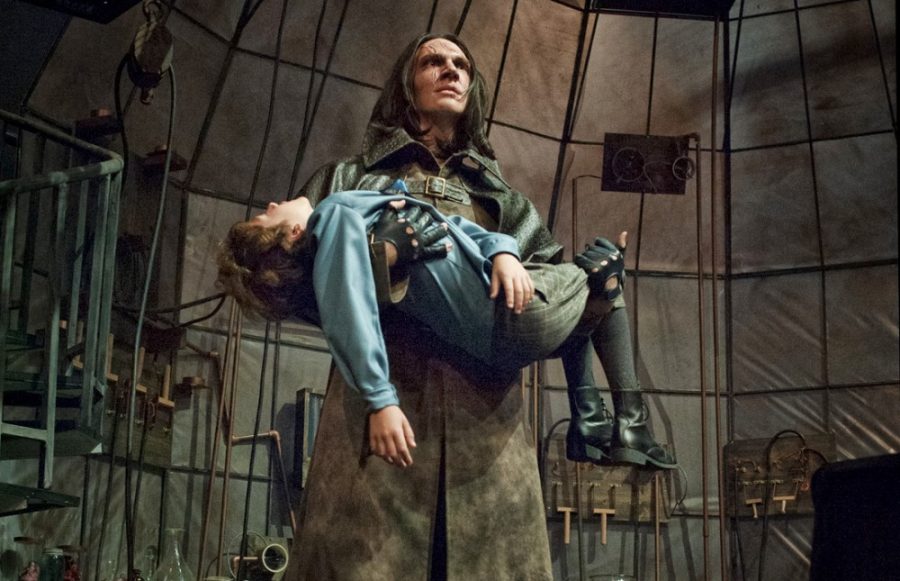October is a time for costumes, pumpkin carving and horror movies. In the classic “Frankenstein,” Victor Frankenstein stands in a crowded room filled with electrical machinery. Different parts continuously spark and rumble, while he continuously exclaims, “It’s alive!” But this is only Hollywood’s version of the Frankenstein creation; Mary Shelley’s original “Frankenstein” dwells less on the visual and more on the implications of discovery and creation.
Shelley wrote “Frankenstein” in 1818 and arguably created one of the first science-fiction stories. But unlike the cinematic emphasis on electricity, Shelley only alludes to the science in the 1818 version.
It isn’t until the 1831 revised version where Shelley names galvanism as a method of creation in her preface to the novel. Galvanism was named after the Italian physicist Luigi Galvani after he discovered that he could make frog legs twitch when subjected to electrical stimulation.
“There is no literal science [in the novel], but there is a kind of pseudo-science behind it,” said Charles Scruggs, an English professor.
Victor Frankenstein never explicitly used electricity to animate the lifeless, gruesome creation in the novel, Scruggs said.
Unlike the movie, much of the science in the novel is based on Cornelius Agrippa and Paracelsus, philosophers in the Middle Ages who largely influenced Victor’s ideas, Scruggs said. These figures studied alchemy, a field that included the goal of turning base metal into gold.
Scruggs said the alchemist idea of turning base metal into gold could have been translated to animating dead matter in “Frankenstein.”
Historically, “Frankenstein” was written in a time when things were rapidly changing.
“Frankenstein came out of this period of great turmoil, following the French Revolution and then the rise of Napoleon,” said Charles Bertsch, an adjunct lecturer in the Honors College. “Old institutions had to be ripped up and created again and in different ways.”
According to Bertsch, this changing environment was the ideal wellspring for new ideas in science to develop because people decided they didn’t have to do things the way they had been done previously.
“Initial studies in the 1800s gave scientists of that age a bit of understanding about the electrical potential in cells,” said Michael Miller, a neuroscience graduate student.
What Galvani thought was a mysterious electrical force that made his frog’s leg twitch back then is what we now call electrophysiology.
“In the sense of the nervous system, electrophysiology — not unlike a wire in the wall — is transmitting a current of one thing to another,” Miller said. “In a wire in the wall, that’s electrons moving across the metal surface of the wire. It’s different in biology because it’s not electrons that are moving, it’s ions. It’s a mix of sodium and potassium ions that are moving in and out of the cell and transmits from one cell to another cell and so on. That’s the electrical potential of cells in neurons.”
While it may be regarded as the progenitor of the science-fiction genre, the novel “Frankenstein” is more fiction about science than it is science fiction.
_______________
Follow Julie Huynh and Chelsea Regan on Twitter.









